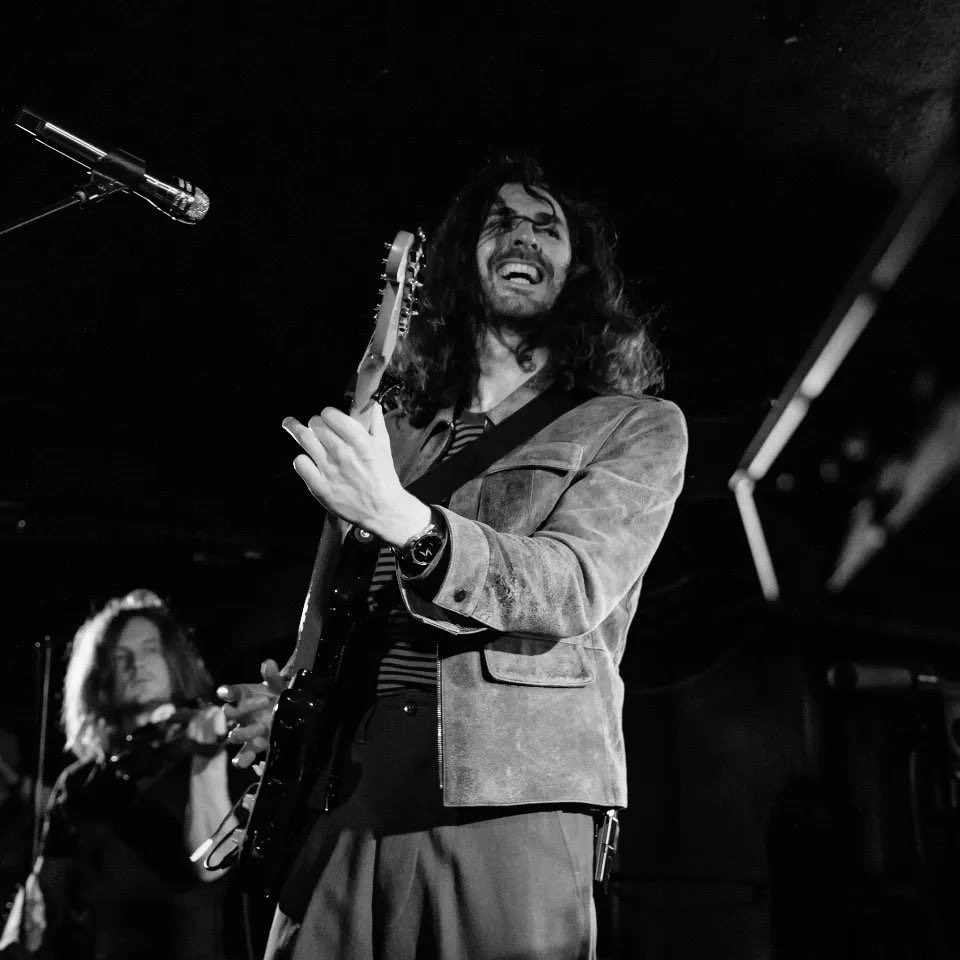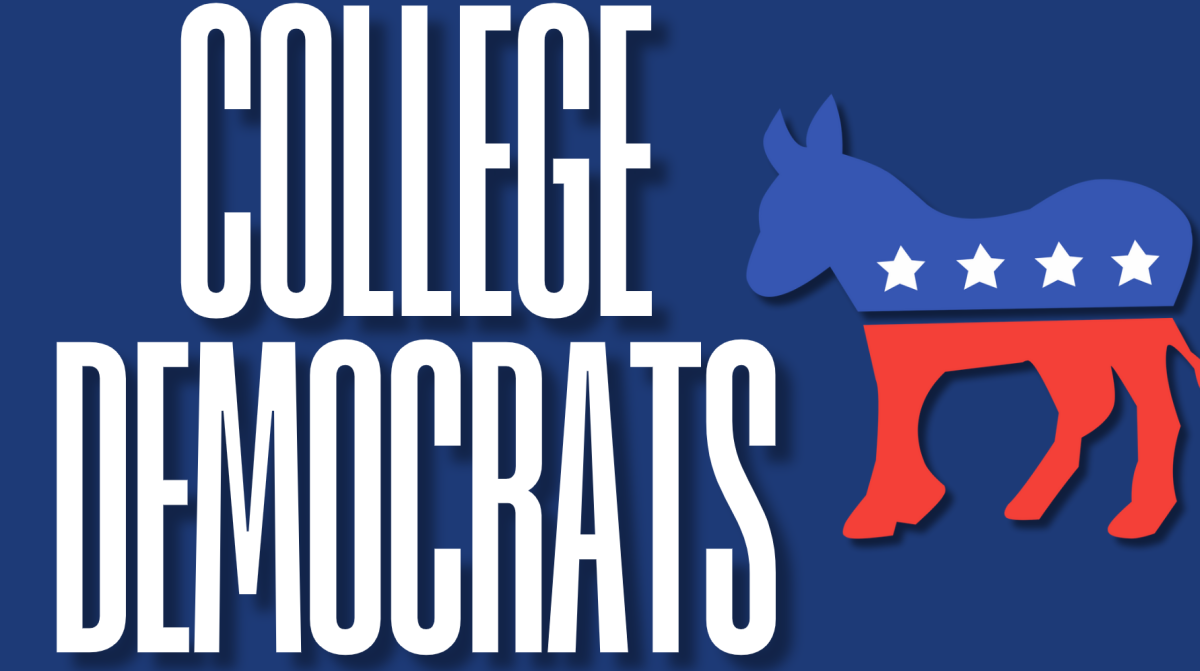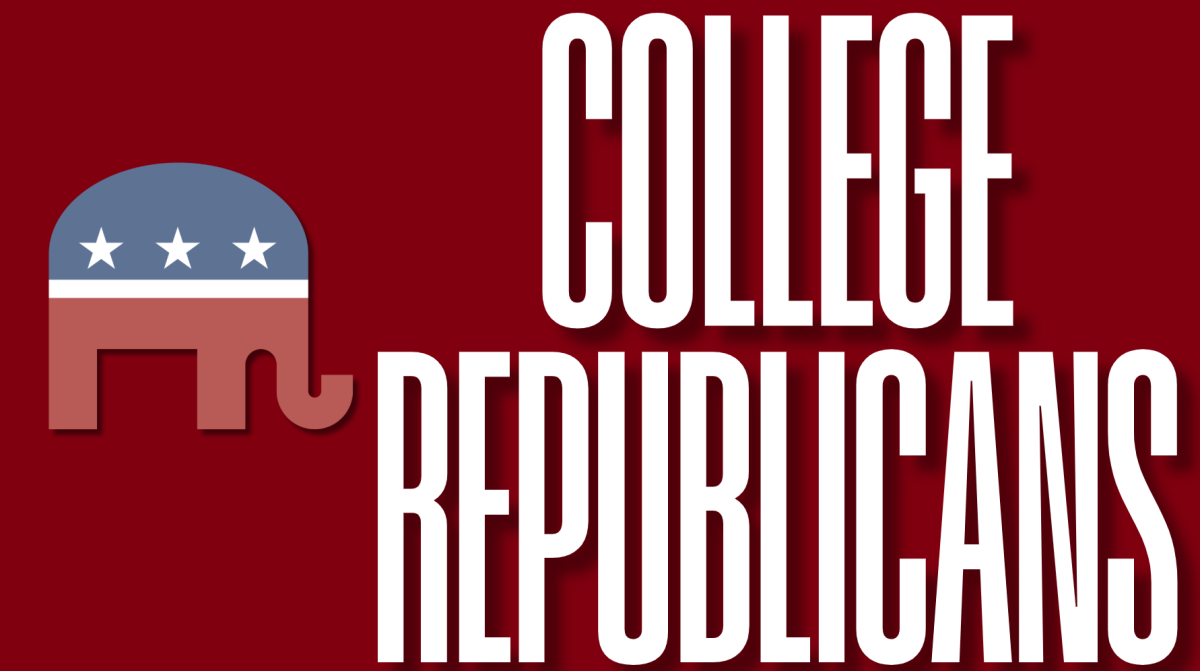The family tree of musical collaborations is proliferating faster than I can even listen to keep up. Zach Bryan featured Noah Kahan on his most recent release, “Sarah’s Place,” and Kahan featured Hozier on a rerelease of “Northern Attitude” this month. Bryan and Kahan double dipped with country artist Kacey Musgraves, with “I Remember Everything” and “She Calls Me Back,” respectively. Around each corner of the internet lurks a soon-to-be-announced feature or collaboration that feeds into a musical niche that I find myself a part of — part country bumpkin, part forest dweller — one that harmonizes the best parts of many distinct genres and resonates beyond the artists themselves.
Four years ago, Bryan shot to fame sparked by a self-recorded video of his now-hit song, “Heading South,” that was shaky and just under three minutes long. In the time since that fateful video, Bryan has released five full-length albums and three EPs and sits at number eight on the Billboard Artist 100 list, as of November 2023. Just nominated for Best New Artist at the Grammys, Kahan began releasing music in 2017 but similarly found intense stardom after a teaser video of his phenomenon, “Stick Season,” went viral on TikTok during COVID-19, beginning a two-year journey before the song was released as a single in 2022. Kahan is now number 19 on the Billboard list. Though a seasoned veteran in the music industry, Hozier traverses similar circles to our two relative newcomers. Propelled to stardom with his 2013 hit single, “Take Me to Church,” he has proved his ability to thrive under pressure; he’s received a Grammy nomination, inspired trends with his hit songs and released three full-length albums. Featured by Kahan on a rerelease of “Northern Attitude” and recently brought onstage by supergroup boygenius, Hozier’s current popularity is such that he just extended his U.S. tour by 37 dates, including two dates at Forest Hills Stadium in Queens, N.Y. — for which my angel roommate bought us tickets while I was in class.
What is it about these artists, then? Why now? Why are they all working together? For one, they are all feeding into each other’s successes — maybe they think, “I’m doing well, he’s doing well, why not do better, together?” Or maybe, they’re just giving the people (me and my roommates) what they want. For many, this blending of country, folk and rock feels like a return to the lyricism and song construction that scores of listeners hold most dear. The level of rawness and intimacy that comes from an artist sticking to themselves rather than to a genre. This allows for the blending of genres and cross-featuring of artists, all while holding the interest of original fans. Maybe the upbeat banjo plucking of Bryan’s “Quitting Time” and Kahan’s “Dial Drunk” are a welcomed departure from synthesizers and the stripped down strings in Hozier’s “Abstract (Psychopomp)” from heavy electronic mixing and editing. Additionally, Hozier’s orchestral “Son of Nyx” on his most recent album “Unreal Unearth” as an instrumental interlude may remind audiences of the Lumineers’ piano-only ballad “Patience,” both songs giving listeners a brief moment to themselves amidst albums full of longing, mourning and growing. What artists should take from this is that modern listeners still resonate with stripped-down, technically simple songs; they do not always equate produced sounds with talent, and many look to artists to convey raw emotion over anything else.
Luckily for us, however, these three artists give incredible lyrics to connect to, on top of their masterful orchestration and mixing. In a time of increased focus on mental health awareness, transparency from bigger stars is something many listeners see as a sign of representation, relatability and safety from those that fill their ears the most. In Bryan’s “Hey Driver,” he writes “the Klonopin ain’t kicked in, and I missed my sister’s call,” referring to a prescription drug often used to treat anxiety. In “Growing Sideways,” Kahan sings “I’m terrified that I might never have met me,” speaking to how his mental health journey, with the help of medication and therapy, helped him find himself and feel more comfortable inside his own head. For Hozier, a few years older than both Bryan and Kahan, his most recent album, “Unreal Unearth,” speaks at a level past self discovery, of one looking back on past loves and ahead into the future; on “Abstract (Psychopomp),” he says “the memory hurts me, but does me no harm.” Artists such as these three have found themselves in the forefront of the music industry by bypassing the limits of the genres they are associated with. Bryan intertwines country and folk; Kahan blends folk into pop; Hozier weaves alternative in with folk.
In writing such songs, artists risk alienating listeners that are used to a cut and dry template for certain kinds of genres, be that the tried and (almost) true lyricism of early country music, or different instrumentations by different artists. However, for those who do relate, the connections become visceral. They turn into countless covers of songs, fan-created alternate lyrics and entire stadiums of fans screaming lyrics back to the stage. Though Bryan, Kahan and Hozier are not producing identical music, they are working toward recognition in a pop-heavy industry. The resurgence of this genre — whatever it may be you prefer to call it, folk, country, indie, alternative — can be credited to the candid personalities these artists are willing to share with the world. Because hey, if Hozier is still thinking about an old flame, can’t we all?
Lusa Holmstrom, FCRH ’25, is an English and Spanish Studies major from Venice, Calif.











































































































































































































